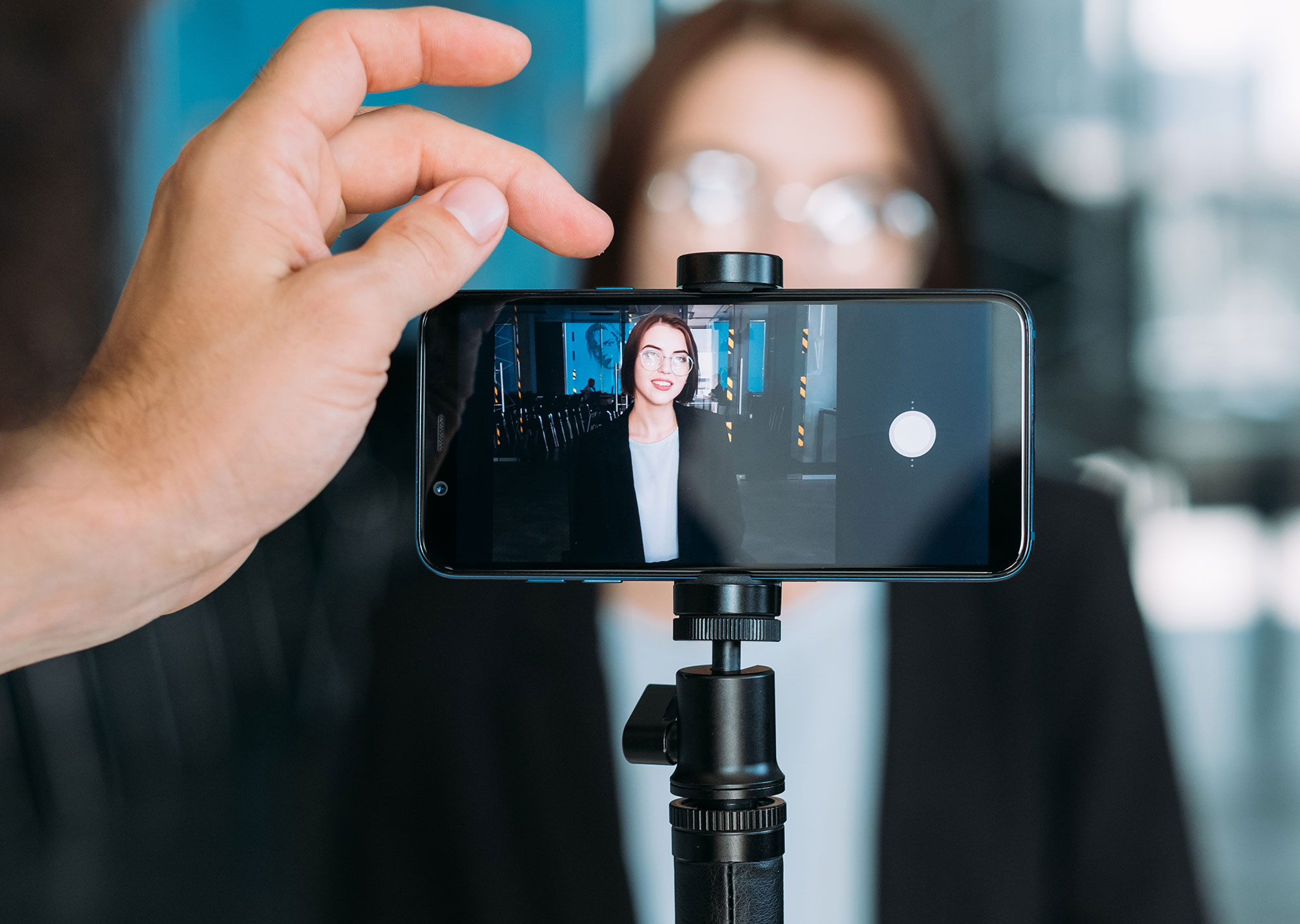Are you looking for the best SEO tips to get found on Google?
If you can’t find your own website on search, chances are your clients aren’t finding you either.
Last week, I had a current client come to me and ask to take his currently single-page website to multiple pages.
One of the main reasons? He’s ready to grow, but he’s also ready to start getting more traffic to his website from search engines (mostly Google).
My client knows that when someone is searching for your services through Google, they’re actively looking for a solution to their problems. They want to find someone just like you.
Is your website optimized to be included in those search results? If not, you’re losing out on leads and clients.
The below are 5 easy changes you can make to your website, without needing to code a single line.
My Best SEO Tips
Use Correct Heading Sizes
This comes up in websites I audit and it’s one that’s frequently missed.
You’ve got 6 options for heading sizes – from H1 down to H6. Google looks at the H1 and views that as the main topic for the page. You should definitely include some target keywords or part of your keyphrase in it, but you should only have one.
That’s right – one H1 only on each website page. More than that can mess with what Google sees as the main “point” of your page and confuse their bots.
Your H1 should be your top headline and the largest font size. Then your H2s should introduce sections on the page, with H3-H6 nested under each H2. Think of it like a college term paper. You can have as many H2-H6s as you’d like on each page, but they need to be nested within the sections so Google can better understand the structure of your page.
Add Internal Links
In order for Google and other search engines to have an accurate picture of your website, it needs to be able to crawl to all of the pages. While obviously your header and footer navigations can help with that, it’s also good practice to include links to other pages throughout the website.
In-text links can be really valuable to let Google know what those targeted pages are about and pass a bit of “SEO juice” around. Examine the copy on your pages. Is there a piece that makes sense to link to another page on the website? Grab that text and link it! Bonus points if you can include that page’s targeted keyword or key phrase as the link text. For instance, if I were to talk about the fact that I build WordPress websites, I could link that to the relevant page on my website. (Oh look what I did there!)
And don’t create a link text that just says “Click Here.” Honestly, that tells Google (and your customers) absolutely nothing beneficial.
Use ALT Tags and Descriptive Image File Names
I’m going to preach about this until I stop seeing this neglected. Every image you upload to a website should have a descriptive file name and a descriptive ALT tag.
No image should be image-01983.jpg, for the love of the coding gods.
Instead, the filename should be descriptive of what’s in the image, with dashes between the words. For example, red-ford-truck.jpg. Your ALT tag should also be a description of what’s in the image, so Red Ford Truck for that same image.
You can definitely use keywords and key phrases in the image file names and ALT tags IF that makes sense for the image. Just don’t keyword stuff them.
ALT tags and descriptive file names not only tell Google what’s in the image, but they’re also HUGE for digital accessibility and that’s more important anyway.
Images that are purely decorative don’t need ALT tags, but that would be like a background image or patterns.
Add Catchy Titles & Descriptions on Main Posts & Pages
Another one I see when I run audits ALL of the time. The homepage should not have a Meta Title of Home. Those titles and descriptions are great for giving Google a basic idea of what they’ll find on the page and a way to geotag local businesses, but also orient your customers and get searchers to click on your website in search results.
The biggest reason for good meta titles & descriptions? Those are what are shown in Google’s search results pages. They’ll give searchers an idea of what the result is about, giving them a reason to click and explore your website.
Titles are short – only about 60 characters – and should include what the page includes (with some keywords) and your company’s name at the end. There’s not really a best practice, but I prefer to use a | to separate out ideas in the title. For instance, this post’s meta title will be 5 Best SEO Tips 2022 | Captain Coder (you can check that in the tab).
Your meta descriptions are longer, about 150 characters. With the description, you’ll want to hit on a pain point of your target audience and give them a call to action to entice them to click.
Force an SSL Certificate
This is an easy one, but it’s becoming more and more important in Google’s ranking system. SSL certificates help to protect your customers’ privacy, and Google will openly showcase a website that doesn’t have one by even listing it as Not Secure in their Chrome browser.
You can get a Positive SSL for only $9/year or even free ones and they’re becoming even easier to install so there’s really not a point to not get one.
If you have a WordPress site, you can use a plugin like Really Simple SSL to force the website to only display over https (which is what you want).
If you’re adding an SSL to a website that didn’t have one, you’ll want to update Google Analytics and Google Search Console to crawl the secure version of the website.
An Additional SEO Tip
I hear a lot of people complain that SEO is a bunch of magic tricks and some unknown formula. But creating good on-page SEO strategies and optimizing your website isn’t magic. It’s just following some simple best SEO tips.
SEO can potentially take up to a year and – sorry – you do have to create content to continually improve your website and to continually add to your SEO.
In fact, we didn’t even dive into one of the best things you can do for your long-term SEO strategy. Blogging.
Most of my customers hate it when I tell them that they need to blog. But honestly, writing fresh content once a week that is geared towards a certain keyword or key phrase that you’re trying to rank for is one of the best ways to improve your SEO.
Luckily for you, I have a brand new program I’m rolling out that not only includes a website refresh, but done-for-you content creation (including blogging). It’s only open to the first five people that sign up, so get signed up below to learn if our Online Business Accelerator program is right for your services business.



